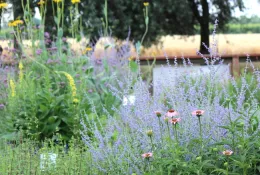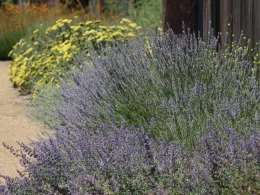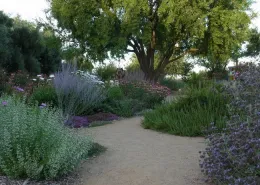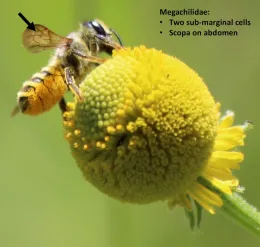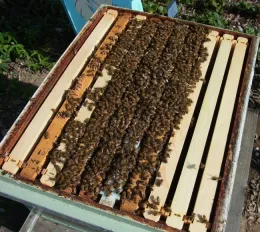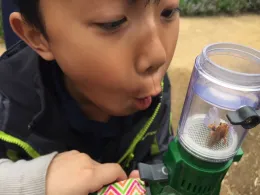Save the Haven to Save the Bees
The Haven is all about teaching, research, and outreach to save the bees. Our programs are consistently rated highly by our visitors; we've grown every year of our existence and would love for that to continue. For details about our past accomplishments, please see our annual reports: 2018, 2017, 2016, 2015, and 2014.
A grant that provided half of our support recently ended, and I am seeking your support to help keep these successful programs going.
What you can do:
1. Donate here. The Haven is supported solely by grants, donations, and volunteers. A generous Häagen-Dazs gift established the garden, but Häagen-Dazs does not provide ongoing support. Recent funding has come from the California Department of Food and Agriculture, the UC Davis College of Agriculture and Environmental Sciences, the USDA, and the California Center for Urban Horticulture.
Individuals and local clubs such as the Roseville Better Gardens Club and the Sacramento Area Beekeepers Association have also made much-appreciated donations.
If the 3500 people who've attended a tour, Haven event, or class so far this year each gave $10, we'd be covered for seven months. While large donations are great, many small donations are just as important.
2. Attend our fall fundraiser on September 21. Details will be posted soon on the Haven's web page.
Thank you. Together we can keep this unique garden going strong.
